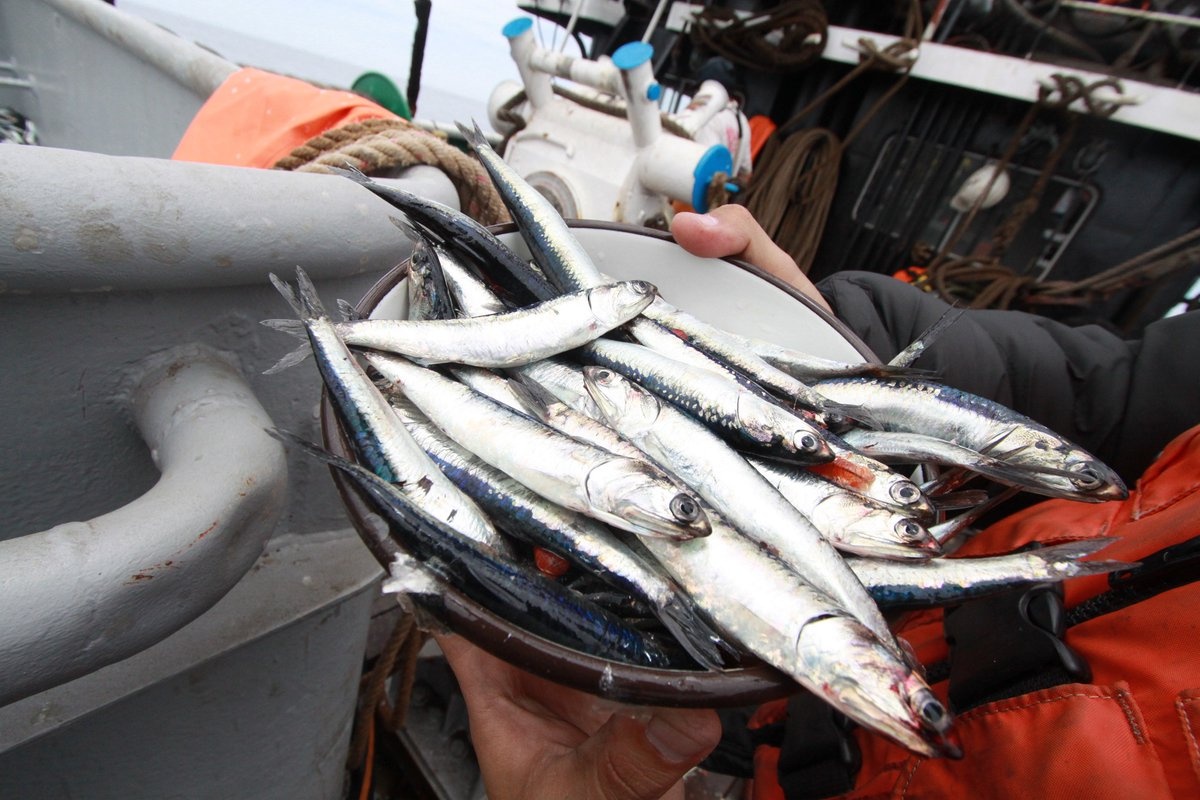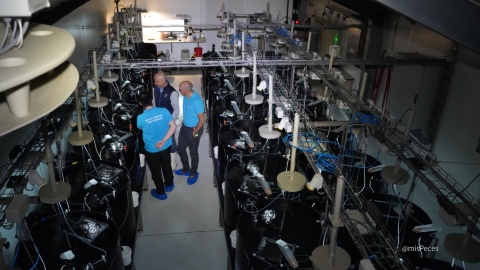
Peru’s first anchoveta fishing season in the central-northern region is progressing steadily since opening on 22 April, slightly later than in 2024. So far, around 70% of the 3-million-tonne quota has been landed, paving the way for a stable supply of raw material for the global fishmeal and fish oil industries.
As one of the world’s key suppliers, Peru typically accounts for around 20% of global fishmeal and fish oil production. “IFFO’s estimates for 2025 are 5.6 millions tonnes of fishmeal and between 1.2 and 1.3 millions tonnes of fish oil,” said Dr Enrico Bachis, IFFO’s Director of Market Research.
According to IFFO’s market intelligence report for April 2025, global cumulative fishmeal production rose by approximately 3% year-on-year. This increase was driven by gains across most regions, with the exception of northern Europe, which was the only area to report a decline compared to January-April 2024.
Fish oil production saw an even stronger performance, with total output up 14% in the same period. Again, most producing countries recorded year-on-year growth-northern Europe being the notable outlier.
These figures are based on data from IFFO members in countries including Chile, Denmark, the Faroe Islands, Iceland, Côte d’Ivoire, Mauritius, Norway, the UK, the US, Peru, South Africa, and Spain. Together, these regions represent around 40% of global fishmeal output and 50% of fish oil production.
China: Aquaculture expands despite tighter raw material supply
In China, the world’s largest aquaculture producer, demand for marine ingredients continues to grow. Although domestic production of fishmeal and fish oil declined during the first five months of 2025-affected by ongoing fishing bans and temporary shutdowns of processing plants-supply is being maintained through the use of frozen fish, imported sardines, and processing by-products.
Official data suggests aquafeed output has also grown year-on-year during the same period, buoyed by the expansion of aquaculture operations. Expectations of strong harvests in the third and fourth quarters-particularly among species with high dietary requirements for marine ingredients-are likely to sustain this positive trend.
With Peru’s anchoveta session on track and China’s aquaculture sector maintaining strong momentum, the outlook for the global marine ingredients market remains broadly positive for the remained of 2025.


